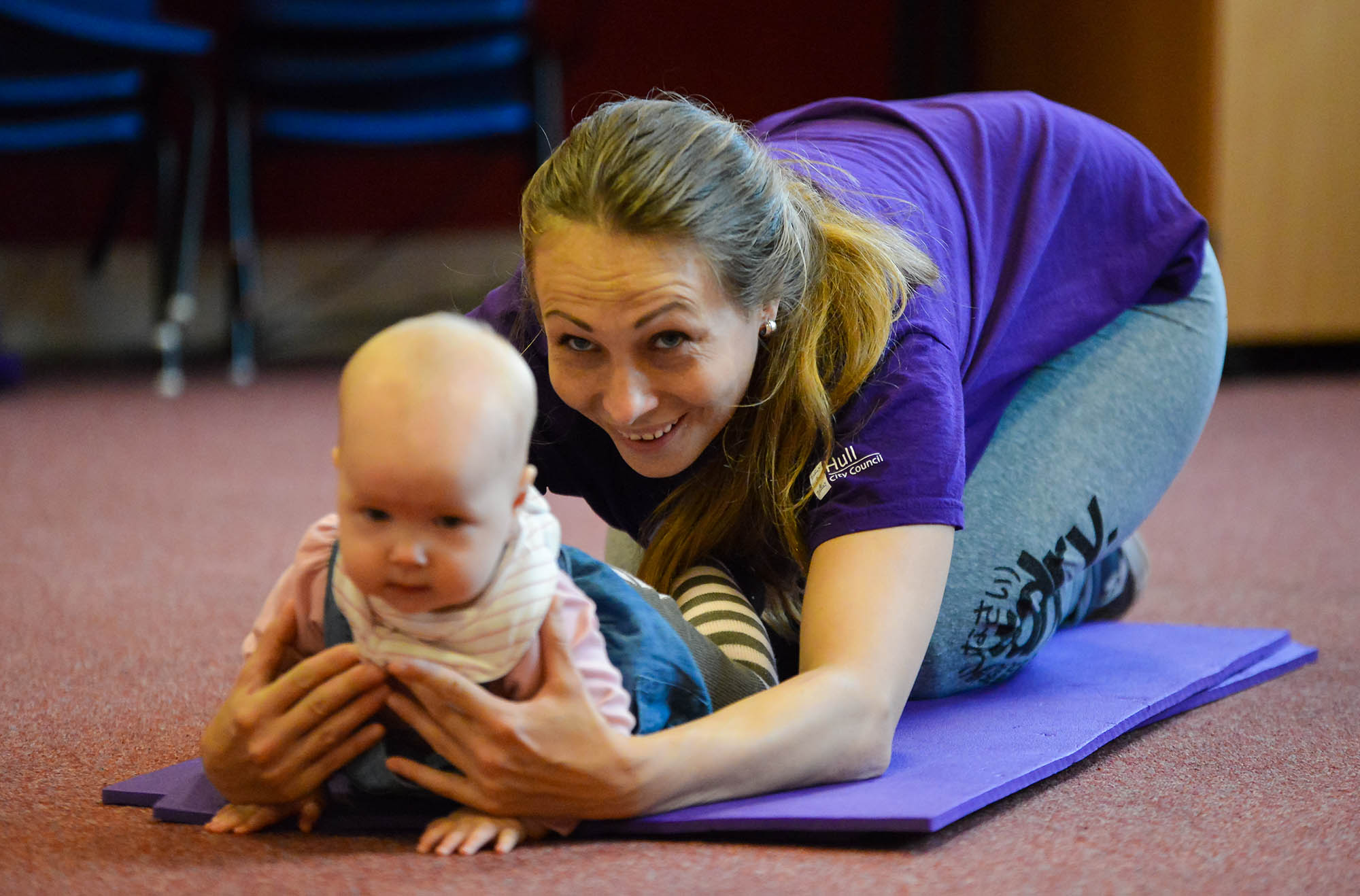Article written by Rowena Merritt, Director, National Centre of Social Marketing
SELECTING YOUR TARGET AUDIENCE AND GENERATING INSIGHT
In my last blog I talked about the need to select and prioritise the behaviour you want people to do. One of the key reasons why we do this is the acknowledgement that for every desired behaviour change the barriers and benefits are completely unique. However, we also need to remember that for different target audiences, the barriers and benefits to changing their behaviour are completely unique too. That is why we need to carefully select our target audience and then segment that audience. In this blog I give you details of how to do this, and discuss the importance of listening to your chosen target segment.
Selecting your audience
When choosing my target audience, I always ask myself two key questions:
- Who is directly affected by the issue?
- Who influences those directly affected?
Sometimes it is more impactful to target those who can influence, as opposed to those directly affected. To give an example of this, a few years ago I worked on a project in south-west London. The aim of the project was to increase the number of men going to their GPs if they had been experiencing a consistent cough for three weeks or more. Our initial focus was men aged between 45-65 years old, living in Croydon, who either smoked or were ex-smokers.
When we did research with the men, we soon realised that this audience was a difficult one to impact on. They often had a very fatalistic attitude towards their health and hated going to their GPs. We then decided to do some paired interviews with their wives and partners. Through these we soon realised that the wives were key influencers as they were usually the ones to book the GP appointments and they would often be motivated to do this as their partner’s coughing would keep them awake at night! This example shows the benefits of thinking more widely when selecting your audience.
Once you have selected a target audience, you then need to segment them.
How to segment in a social marketing project
In public health and the public sector more widely, segmentation is already frequently used. However, often the segments are based on demographics, such as age and gender, and/or geographics (e.g. location/rural vs. urban). Although we do segment by demographics and geography in social marketing, we also segment further by: psychographics, including values, beliefs and attitudes, current behaviour and benefits sought.
I remember working on a sexual health project, and being told that the target audience had already been segmented (by age) and I had to target all16-24 year olds in London. However, the reality is that this is not a homogeneous group and that segmenting on, for example, attitudes towards safe sex, or current risk-taking behaviour, would be a far more useful way to segment.
It is worth noting at this point that Sport England are currently updating their previous market segmentation tool, focusing more on behaviours. CSPs were asked to feed in their views to support this process and the CSP network will be in touch shortly on next steps for further CSP engagement to develop the project and connect to our existing work.
Prioritising your target segment
Once you have identified your possible segments, you prioritise them. You will probably have a finite budget, which means you will need to select just one or two segments for your project. To help me do this, I ask myself these three questions:
- Would changing this segment help me achieve the behavioural goal?Here I consider which segment/s are at greatest risk. I also think about which segment/s are at the tipping point– the point where people believe there are more benefits than barriers, and thus adopt the new behaviour. This last point can be controversial as we do not want to increase health inequalities, but I also think pragmatically. If I have only £10,000 to develop my social marketing intervention mix, this ’tipping point’ segment is usually a good starting point.
- Is the segment large enough to make a measurable difference? I make sure I am not choosinga segment that is so small it will not make a difference to the overall behavioural goal.
- Can the segment be reached effectively given my resources?This is when I assess the available resources. Have I enough resources to reach and meet the needs of my chosen segment?
Now it is time to listen
I worked in commercial marketing for a short while before I decided that social marketing was my passion. My job was to sell a (unhealthy, but quite tasty) food product. A large amount of my marketing budget went on research. Through the research, I got to know my target audience really well. I knew where they shopped, what they bought, how they cooked - basically everything about their food habits. I also knew what their aspirations for the future were, what they valued most in the world, where they went on holiday – all sorts. I then used this information to develop the campaigns. All the campaigns were 100% driven by an understanding of the audience. I did this not out of love for my audience and the belief that they should have a say, but rather as a way to increase sales through the campaigns. And if the campaign failed, we could lose market share (not to mention me losing my job!).
My first mentor in social marketing, Dr Bill Smith, told me always tolisten. Listen to my target segment. He explained that whatever people do – even if it seems foolish to me – they will have their reasons. These reasons might not be rational, but then we are driven by emotion and our decisions and actions are not always rational. If we always made rational decisions, none of us would drink too much, smoke, or salute three times to magpies (I do that one). But Bill assured me that when you listen, your target segment will have their reasons.
When I worked at the Department of Health, I was involved in the 5-a-day campaign. We spent a lot of money (I will not depress you by saying how much). In many ways we were very successful and substantially increased awareness that you should eat 5-a-day. However, during that time consumption went down! Why?Well, we made the incorrect assumption that knowledge and changes in attitudes was sufficient, and ignored those key psychographics such as beliefs and values. When I stopped and really listened to my target segment they told me that fruit and vegetables were “not for people like them”, but rather were for “Posh and Becks”. They also told me that if they smoked and drank, would eating 5-a-day really reduce their risk of cancer and all the other health benefits being communicated? Basically they didn’t believe in the benefits we were communicating to them.
That is why we need to really listen to what we are being told by our target segment and understand things from their perspective – see their life and the behaviour we are trying to change (if they even see it as a problem) through their eyes.
Generating insight
In order to listen to my target segment, I do research. Although research never gets everything right, the more of it you do, the less likely you are to make mistakes (Bill taught me that also). I find that research data is best when I use a combination of methods: reading about what other people found; talking in-depth with small friendship groups; or surveying a large number of target segment members. However, what research you do is usually governed by your budget and the questions you need answering.
When I have limited budget – which is most of the time! - I prioritise qualitative research, such as in-depth interviews. Whilst surveys are good at helping you understand what is happening, and how frequently, I find they do not answer the whyquestions. These whyquestions are key when developing a social marketing programme – why do people do (or don’t do) a certain behaviour?
Many people opt to conduct focus group discussions. I sometimes do these discussions and whilst they can provide a good understanding of social dynamics, I find that for many of the behaviours I am trying to change, people do not want to talk about them to a room full of strangers.
Therefore I usually do either paired-friendship or family interviews. By doing the paired interviews, you still gain an understanding of the social dynamics, whilst also allowing interviewees to feel more comfortable and able to speak openly. However, for very stigmatised behaviours, such as drug-taking during pregnancy, I usually stick to individual interviews.
Whatever method you choose, you have to make sure that it is a method that will make your participants feel at ease and comfortable, otherwise you will not generate any real insights into their current behaviour or life.
Learn from the ‘bright sparks’ – those already doing the desired behaviour
When doing research in social marketing, we also try to listen to the people who are already doing the desired behaviour. I like to call these my ‘bright sparks’. There are often people who have similar demographics to your target segment who are already doing the desired behaviour – referred to as the ‘doers’ in social marketing. You can then compare the data collected from the ‘doers’ with the ‘non-doers’ (the segment we want to change the behaviour of). Often this analysis can help identify important differences that can be factors in developing your social marketing intervention mix. A good example of this is from a project I am currently doing in Ethiopia. When I compared those women who ate a healthy diet in pregnancy versus those who did not, the key factor that distinguished the ‘doers’ from the ‘non-doers’ was the husband’s beliefs in relation to their wife breaking her religious fast. This information is now being used to develop messages showing the role of the fathers-to-be and how they can best support their wife.


